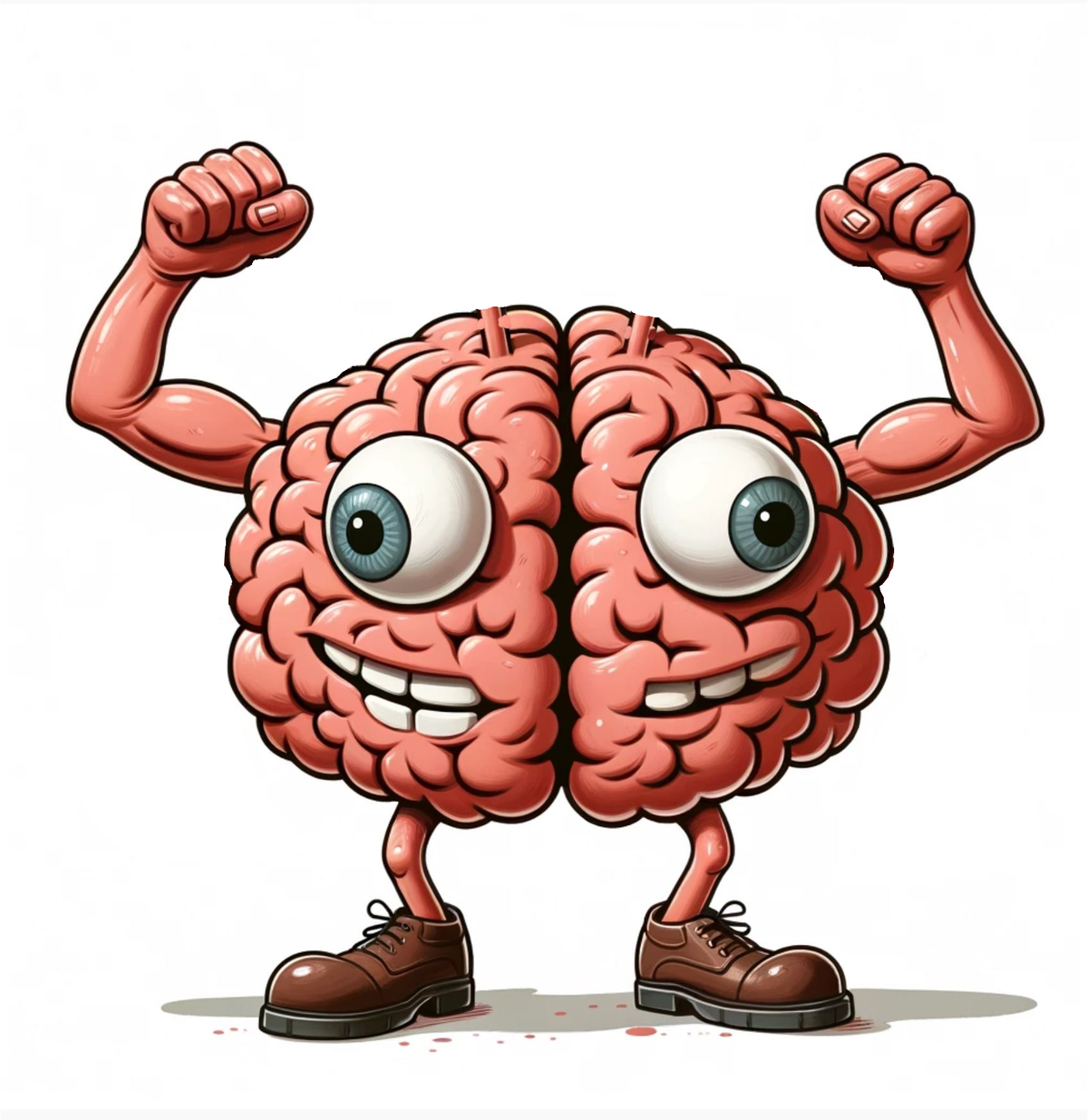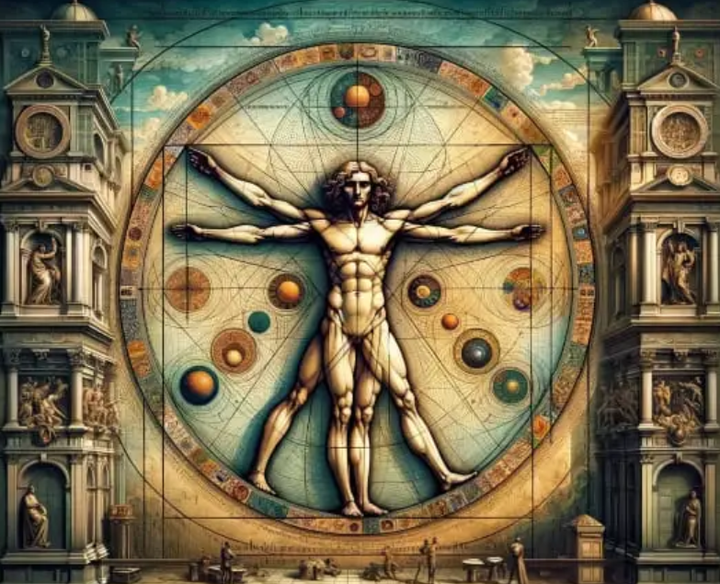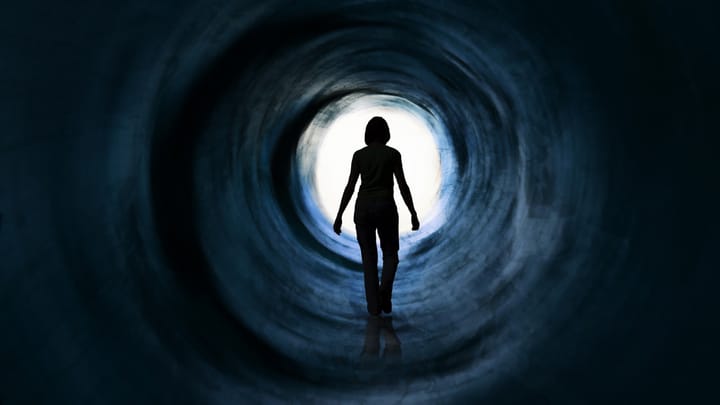Am I My Brain?

Introduction: The honest answer is I don't know, and nobody else does either. We have learned a lot about the brain in the last half-century, but nobody can explain how first-person subjective experience, or what we commonly call consciousness, is generated in the brain. We also do not know where memories are truly stored in the brain. While we understand the electrochemical processes, we do not know how they translate into experiences or feelings.
Why it matters: The quest for understanding consciousness is not just an intellectual pursuit. It holds the key to comprehending the essence of human experience and identity. Moreover, as we stand on the brink of an AI revolution and explore the possibility of consciousness in other life forms, such as animals, plants, and cells, clarity on this topic becomes increasingly crucial.
Reviewing what we know: We have made significant progress in mapping the brain's connectivity (the connectome), understanding neural plasticity, and identifying some neural correlates. Advanced imaging techniques, such as fMRI and PET scans, have allowed us to observe brain activity in real-time, shedding light on how different brain regions communicate. Additionally, breakthroughs in understanding neurogenesis and the role of neurotransmitters have provided more profound insights into brain function.
Brain injuries reveal insights: Certain cognitive abilities can be lost with damage to specific brain areas, yet people can still function due to brain plasticity. For example, lobotomies (thankfully no longer performed) removed part of the frontal lobe, but the person lived.
Living without parts of the brain: People can also live without parts of the brain like the cerebellum, hippocampus, occipital lobe, and temporal lobes, though with specific deficits. Yet, consciousness persists.
Crucial areas for consciousness: Removing or damaging the brainstem, thalamus, or parts of the cortex can abolish consciousness, suggesting these areas are integral to maintaining it.
Where in the brain: Over the years, we have examined almost all levels of the brain at which we might find consciousness. We have studied the brain at the level of individual molecules and neurotransmitters, observing chemical interactions, but found no consciousness there. We have explored neurons, their firings, and synaptic transmissions, yet still, no consciousness there. We then broadened our view to look at networks of neurons, such as neural circuits and pathways. Despite learning a lot along the way, no consciousness was found in these patterns either. Even when we consider the brain as an organ, often described as the most complex object in the universe, analyzing its anatomy and physiology has not revealed consciousness.
What's next: The journey to unravel the mysteries of consciousness is far from over. As we venture beyond the confines of the brain, exploring the interconnected systems of the body, such as the heart and stomach's own nervous systems, we may uncover new insights. Today's blog was just the beginning — there are countless more questions to be asked, more layers of the mystery to be peeled away. In future posts, for example, we will delve into the intriguing realm of Near Death Experiences (NDEs) and Out of Body Experiences (OBEs), seeking scientific clues that could reshape our understanding of consciousness.
Parting questions: What do you think? Are we our brains, or is consciousness more than the sum of our neural parts?


